June 21, 2022 | Deborah Kotz
Study Aims to Enroll 250,000 Maryland Residents to Support Statewide “My Healthy Maryland” Study to Learn More About How Genes and Other Factors Affect Health
University of Maryland Medicine, the joint enterprise of the University of Maryland School of Medicine, the University of Maryland Medical Center, and University of Maryland Medical System, today launched a landmark initiative called My Healthy Maryland Precision Medicine Research. The project aims to enroll 250,000 Maryland residents over the next decade who reflect the diversity of the state and want to play a pivotal role in helping researchers understand how genes and lifestyle affect an individual’s health.
ENROLL TODAY: My Healthy Maryland Precision Medicine Research Study >
A particular focus will be on underserved populations who experience significant health disparities, causing more illness and shorter lifespans. The large-scale effort to collect broad sources of health data, including genetic information, will aid researchers in better understanding human genomic variation and its relationship to disease and treatment.
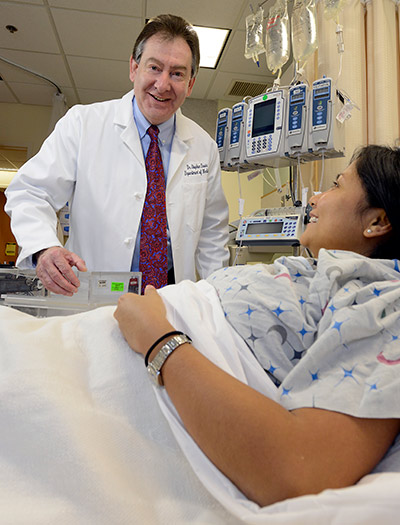
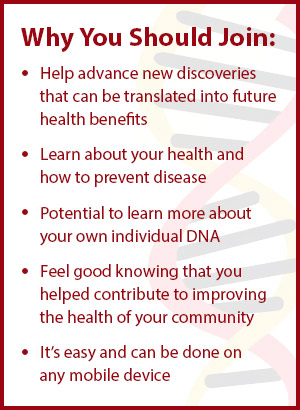 “My Healthy Maryland is a pioneering initiative that aims to advance discovery related to health and disease and to accelerate the implementation of these discoveries. medical mysteries, generate knowledge, and accelerate discoveries that can improve the health of Marylanders for generations to come,” said study principal investigator Stephen Davis, MBBS, FRCP, FACE, MACP, Theodore E. Woodward Professor and Chair of the Department of Medicine at UMSOM, and Director, Institute for Clinical and Translational Research, and Vice President of Clinical Translational Science at the University of Maryland, Baltimore.
“My Healthy Maryland is a pioneering initiative that aims to advance discovery related to health and disease and to accelerate the implementation of these discoveries. medical mysteries, generate knowledge, and accelerate discoveries that can improve the health of Marylanders for generations to come,” said study principal investigator Stephen Davis, MBBS, FRCP, FACE, MACP, Theodore E. Woodward Professor and Chair of the Department of Medicine at UMSOM, and Director, Institute for Clinical and Translational Research, and Vice President of Clinical Translational Science at the University of Maryland, Baltimore.
Marylanders reflect a more genetically diverse community compared to the general U.S. population, with nearly one-third of residents identifying as African-American, more than 10 percent identifying as Hispanic or Latino, and 6 percent identifying as Asian. Maryland is also home to a large immigrant population: One in seven Maryland residents was born in another country, with El Salvador, India, China, and Nigeria among the top nations represented in the state. In addition, a significant percentage of state residents live in rural communities, and many live in coastal communities with differing environmental exposures and dietary habits compared to the nation as a whole.

Study participants will get periodic overall reports on the study’s progress, especially research results that may lead to better ways to treat or prevent disease. They will also have the opportunity to enroll in new research studies. In the future, researchers also hope to offer study participants the opportunity to learn about their own genetic variations that may warrant follow-up medical evaluation.
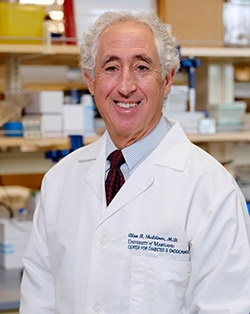

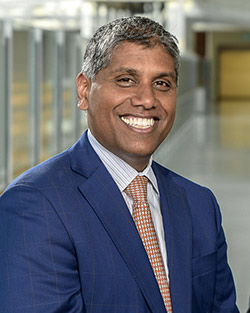
The University of Maryland Medicine partnered with digital health research company Vibrent Health to host the study on Vibrent Health’s Digital Health Research Platform. This technology platform is designed to recruit and engage diverse research participants and intake data from surveys, genomics, biosamples, electronic health records, wearables, and other sources. The platform enables researchers to gain a well-rounded picture of the health of research participants.
“We are thrilled to be a partner with University of Maryland Medicine to bring the latest data-driven digital health research technology to My Healthy Maryland,” said Praduman “PJ” Jain, CEO and founder of Vibrent Health. “We are dedicated to working with research institutions like UMSOM to make digital health research accessible to people from diverse communities who have been historically underrepresented in biomedical research.”

About the University of Maryland School of Medicine
Now in its third century, the University of Maryland School of Medicine was chartered in 1807 as the first public medical school in the United States. It continues today as one of the fastest growing, top-tier biomedical research enterprises in the world -- with 46 academic departments, centers, institutes, and programs, and a faculty of more than 3,000 physicians, scientists, and allied health professionals, including members of the National Academy of Medicine and the National Academy of Sciences, and a distinguished two-time winner of the Albert E. Lasker Award in Medical Research. With an operating budget of more than $1.3 billion, the School of Medicine works closely in partnership with the University of Maryland Medical Center and Medical System to provide research-intensive, academic and clinically based care for nearly 2 million patients each year. The School of Medicine has nearly $600 million in extramural funding, with most of its academic departments highly ranked among all medical schools in the nation in research funding. As one of the seven professional schools that make up the University of Maryland, Baltimore campus, the School of Medicine has a total population of nearly 9,000 faculty and staff, including 2,500 students, trainees, residents, and fellows. The combined School of Medicine and Medical System (“University of Maryland Medicine”) has an annual budget of over $6 billion and an economic impact of nearly $20 billion on the state and local community. The School of Medicine, which ranks as the 8th highest among public medical schools in research productivity (according to the Association of American Medical Colleges profile) is an innovator in translational medicine, with 606 active patents and 52 start-up companies. In the latest U.S. News & World Report ranking of the Best Medical Schools, published in 2021, the UM School of Medicine is ranked #9 among the 92 public medical schools in the U.S., and in the top 15 percent (#27) of all 192 public and private U.S. medical schools. The School of Medicine works locally, nationally, and globally, with research and treatment facilities in 36 countries around the world. Visit medschool.umaryland.edu
About the University of Maryland Medical System
The University of Maryland Medical System (UMMS) is a university-based regional health care system focused on serving the health care needs of Maryland, bringing innovation, discovery and research to the care we provide and educating the state's future physician and health care professionals through our partnership with the University of Maryland School of Medicine and University of Maryland, Baltimore professional schools (Nursing, Pharmacy, Social Work and Dentistry) in Baltimore. As one of the largest private employers in the State, the health system's more than 29,500 employees and 4,000 affiliated physicians provide primary and specialty care in more than 150 locations, including 12 hospitals and 9 University of Maryland Urgent Care centers. The UMMS flagship academic campus, the University of Maryland Medical Center in downtown Baltimore, is recognized regionally and nationally for excellence and innovation in specialized care. Our acute care and specialty rehabilitation hospitals serve urban, suburban and rural communities and are located in 13 counties across the State. For more information, visit www.umms.org.
Resources for the Media:
Video of B-roll of Interviews, Swab Technique, and Storage Lab
Contact
Deborah Kotz
Senior Director of Media Relations
Office of Public Affairs & Communications
University of Maryland School of Medicine
Email: DKotz@som.umaryland.edu
o: 410-706-4255
c: 410-804-0054
t: @debkotz2
Related stories
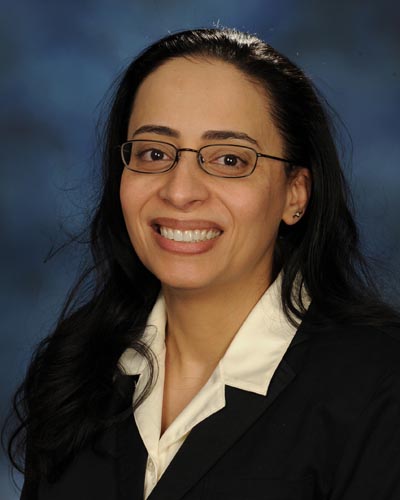
Monday, December 06, 2021
UM School of Medicine & Regeneron Researchers Link New Gene Variant in Amish Population to Lower Risk of Heart Disease
University of Maryland School of Medicine (UMSOM) researchers, working with scientists from the Regeneron Genetics Center (RGC), discovered a new gene variant associated with lower levels of heart-damaging LDL cholesterol and a blood clotting protein called fibrinogen that appears to significantly lower a person’s risk of heart disease. While the gene variant is extremely rare in the general population (less than 1 in 10,000), it is found in about 12 percent of those living in the Lancaster county, Pennsylvania Amish community, according to the study published today in the journal Science.
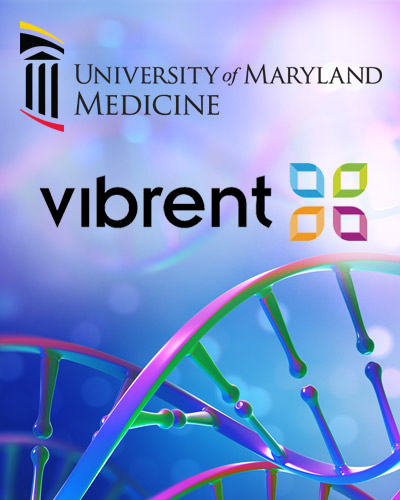
Tuesday, September 14, 2021
University of Maryland Medicine Partners with Vibrent Health to Embark on Landmark Precision Health Research Study
University of Maryland Medicine announced a new partnership today with Vibrent Health, a health technology company based in Fairfax, Virginia, to create the All of Maryland Precision Health Initiative, a statewide digital platform for studies examining how genes and other factors affect health. The mission of All of Maryland -- a study that will be led by University of Maryland School of Medicine (UMSOM) researchers -- is to discover better ways to individualize healthcare. The goal is to enable individuals to benefit from treatments tailored to their own health profiles.

Wednesday, May 31, 2017
UM SOM Translational Genomics Laboratory Receives Accreditation from College of American Pathologists
The College of American Pathologists (CAP) has awarded accreditation to the University of Maryland School of Medicine’s (UMSOM) Translational Genomics Laboratory (TGL) based on results of a recent on-site inspection as part of the CAP’s Accreditation Programs.
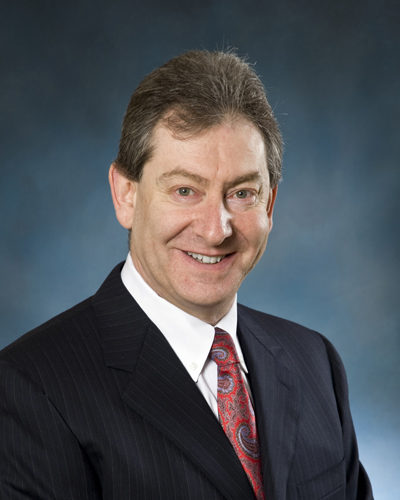
Thursday, March 30, 2017
University of Maryland School of Medicine's Dr. Stephen Davis Receives Top Award from National Physician's Group
Stephen Davis, MBBS, FRCP, MACP, the Theodore E. Woodward Endowed Chair and the Professor and Chairman of the Department of Medicine at the University of Maryland School of Medicine (UM SOM); Director of the General Clinical Research Center and the Clinical Translational Science Institute; and Vice-President of Clinical Translational Science for the University of Maryland, Baltimore campus, has been awarded Mastership in the American College of Physicians (ACP), the national organization of internists.
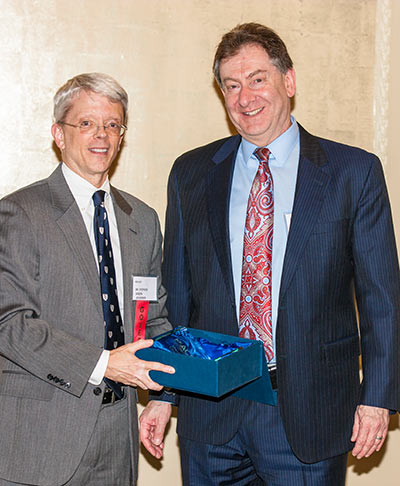
Thursday, March 02, 2017
University of Maryland School of Medicine Dr. Stephen Davis Receives Top Clinical Research Award From State Physician's Group
Stephen Davis, MBBS, FRCP, MACP, the Theodore E. Woodward Endowed Chair and the Professor and Chairman of the Department of Medicine at the University of Maryland School of Medicine (UM SOM); Director of the General Clinical Research Center and the Clinical Translational Science Institute; and Vice-President of Clinical Translational Science for the University of Maryland, Baltimore campus, has received the Mary Betty Stevens Award for Outstanding Clinical Research from the Maryland Chapter of the American College of Physicians (ACP).


.JPG)